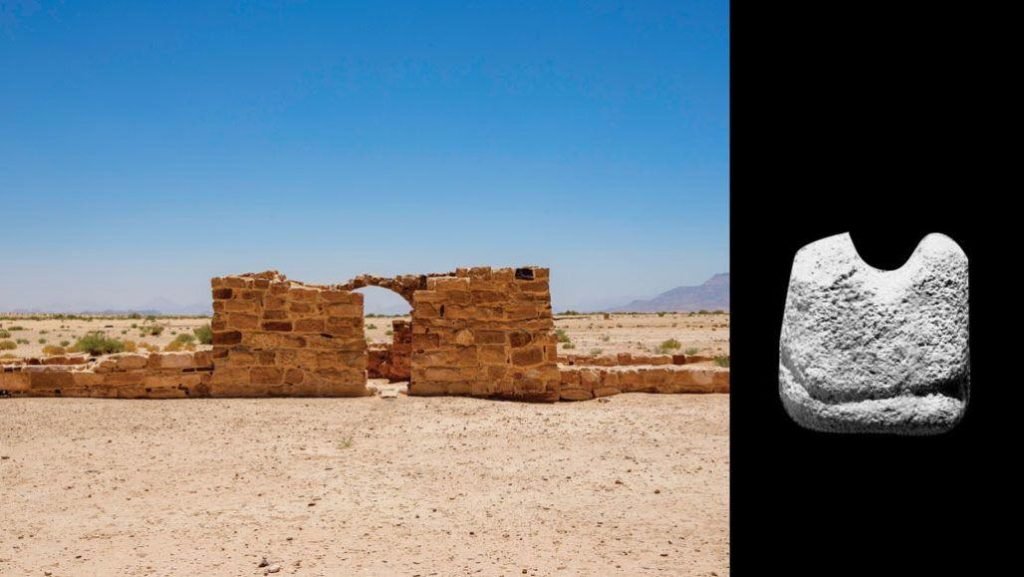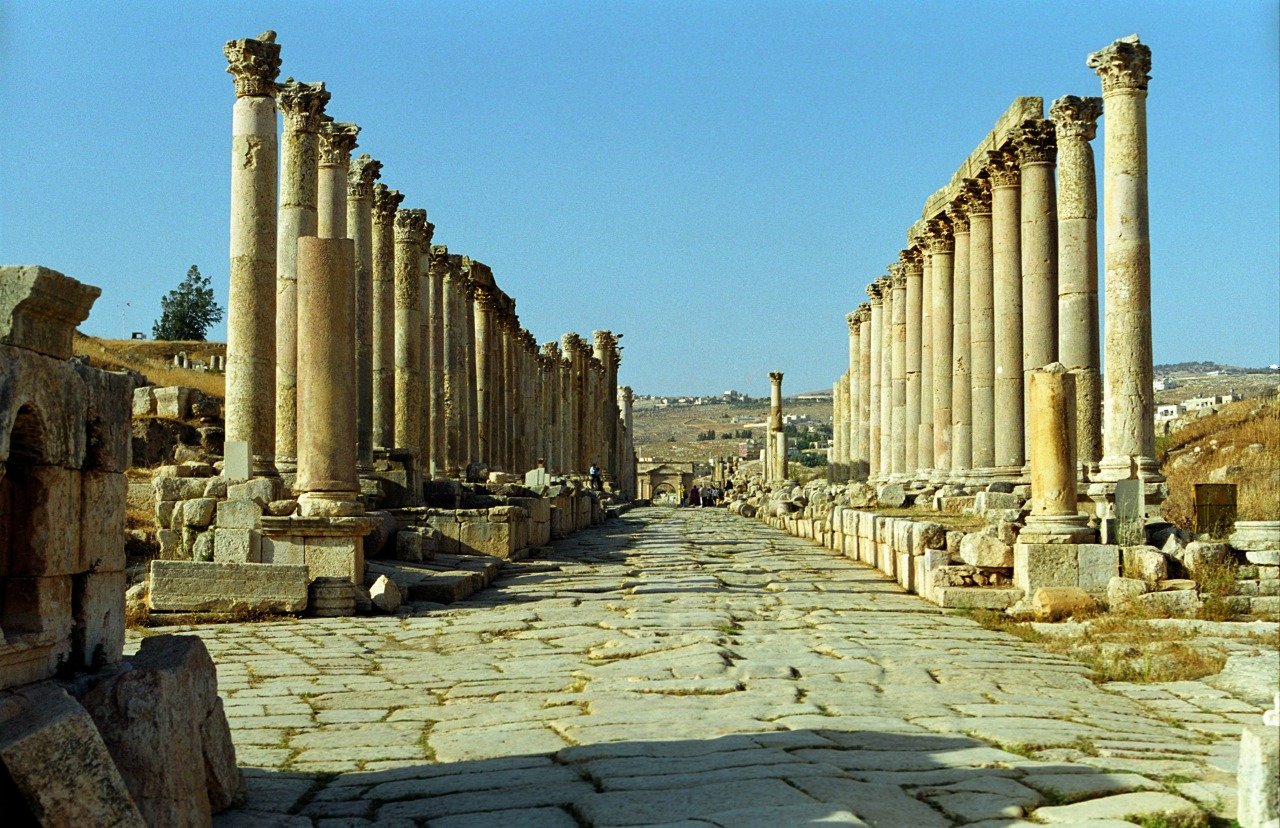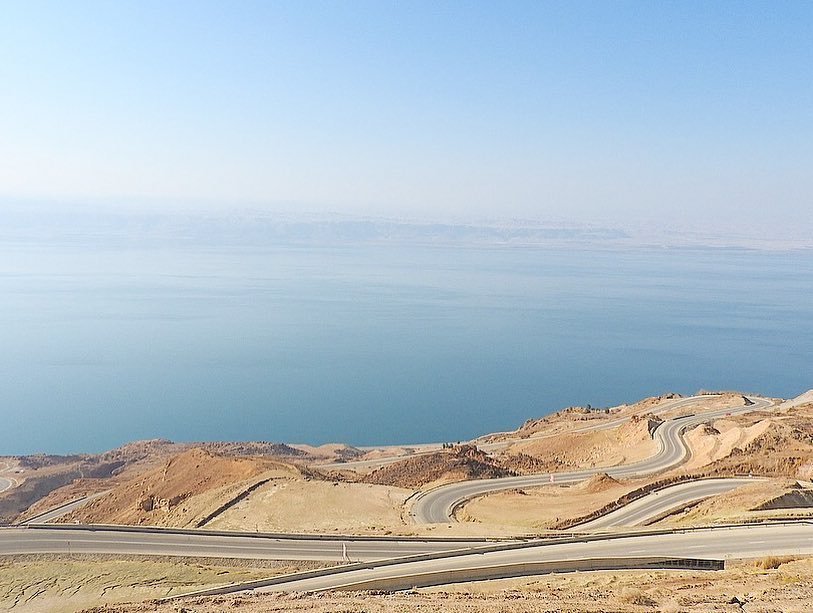
“عالم الآثار الكندي جون اليسون يقول إنه عثر على أقدم قطعة شطرنج في الأردن وذلك خلال حديثه عن القطعة في اجتماع لمعاهد وكليات أميركية متخصصة بالآثار الشرقية، مشيرا أنه يحتفظ بها في منزله بمدينة فيكتوريا الكندية. أليسون عثر على القطعة في العام 1991 ويتوقع أن تاريخها يعود لما قبل 1300 عام في عهد الدولة العباسية حيث كانت الحميمة وهي المنطقة التي عثر فيها على القطعة مقرا لإقامة العباسيين ومركز انطلاق الخلافة العباسية.
ومن المعروف أن لعبة الشطرنج ظهرت في الهند قبل 1400 عام تقريبا.”
John Oleson (University of Victoria), “The World’s Earliest Known Chess Piece, from Humayma (Jordan)?”
A small sandstone object found in an Early Islamic context at Humayma (southern Jordan) in 1991 appears to be the earliest known archaeologically documented chess piece. Although the shape, rectangular in section with splayed, horn-like projections at the top, resembles a Nabataean altar or betyl, parallels with Early Islamic chess pieces are far more convincing. The object appears to be a “rook” (or “castle”) and has the typical abstract form for this playing piece favored in the Islamic world. There are references to chess-playing in Islamic texts as early as A.H. 23/A.D. 643, and the game was popular throughout the Islamic world by the end of the Umayyad caliphate. Several later abstract “rooks” from Jordan and elsewhere in the Near East, carved in stone, wood, or ivory, are nearly identical to the Humayma object in design and scale. Since the Humayma object was found in a seventh-century context, if the identification as a chess piece is correct, it would be the earliest known physical example for the simplified, abstract design, and possibly the earliest known example of a chess piece altogether. Since the game probably was carried westward from India by the movement of merchants and diplomats, it is no surprise that early evidence for it should be found at a site on the busy Via Nova Traiana. While resident at Humayma, the Abbasid family had kept itself abreast of events in Syria and Iraq along this same route.
Page 67
http://www.asor.org/wp-content/uploads/2019/10/2019-Abstract-Book_posted_10-28-19.pdf











